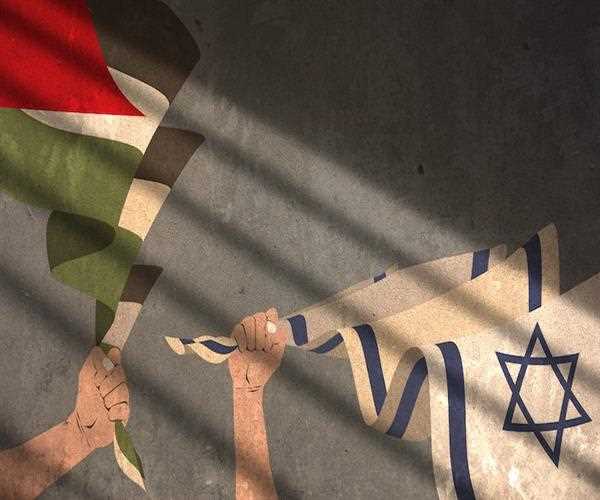The Israel-Palestine conflict is one of the most intractable and complex disputes in the world. It has been a source of contention and violence for decades, with no sign of resolution in sight. The conflict has its roots in historical, religious, and political disputes between the Israelis and Palestinians, and is further complicated by the presence of various international actors.
The core of the conflict is the competing claims of both sides to the same land. The land in question includes the West Bank, Gaza Strip, and East Jerusalem. The Palestinians want the land for the establishment of an independent Palestinian state, while the Israelis regard it as part of their homeland and the rightful land of the Jewish people.
The underlying cause of the conflict is a long history of political and religious differences between the two sides. Israel was created as a Jewish homeland in 1948, with the displacement of some 700,000 Palestinians. Since then, Israel has pursued a policy of expansion into Palestinian lands and denial of Palestinian rights. In response, the Palestinians have sought to gain self-determination or a right to an independent state on their own land.
Despite the complexity and intractability of the situation, there are several steps that can be taken to resolve the Israel-Palestine conflict. These include:
1. Establishing a two-state solution: A two-state solution is the most widely accepted approach to resolving the conflict and would involve creating two separate states that would exist side-by-side in peace. This would include a Jewish state of Israel and an independent Palestinian state. This would allow the two sides to come to a mutual agreement on borders, security, and other matters.
2. Negotiations: Negotiations between the two sides are essential to resolving the conflict. Negotiations should focus on finding a way to mutually satisfy both sides’ security and political concerns. The negotiations should also seek to provide a lasting solution that will bring peace and stability to the region.

3. Addressing the root causes of the conflict: The root causes of the conflict must be addressed if a resolution is to be found. This includes addressing the political, religious, and historical issues that have been a source of contention between the two sides for decades. For instance, addressing issues such as the status of Jerusalem, the right of return for Palestinian refugees, and the settlement of Israeli settlers in the West Bank and Gaza Strip, would be essential steps in resolving the conflict.
4. International support: International support is essential in resolving the conflict. This includes diplomatic and financial support from the United Nations, the United States, and other international actors. This support should be used to facilitate direct negotiations between the two sides, as well as to provide humanitarian aid to civilians on both sides of the conflict.
Finally, it is important for both sides to recognize their respective claims to the land and for a solution to be found that would be acceptable to both sides. This could be done through the creation of an independent Palestinian state that would exist alongside Israel. This would allow both sides to have access to their own land and resources while maintaining their respective identities and interests.
Ultimately, the resolution of the Israel-Palestine conflict will require compromise and collaboration from both sides. However, if the right steps are taken, a lasting resolution can be achieved. It is only through dialogue, negotiations, and international support that the conflict can be resolved and peace and stability restored to the region.